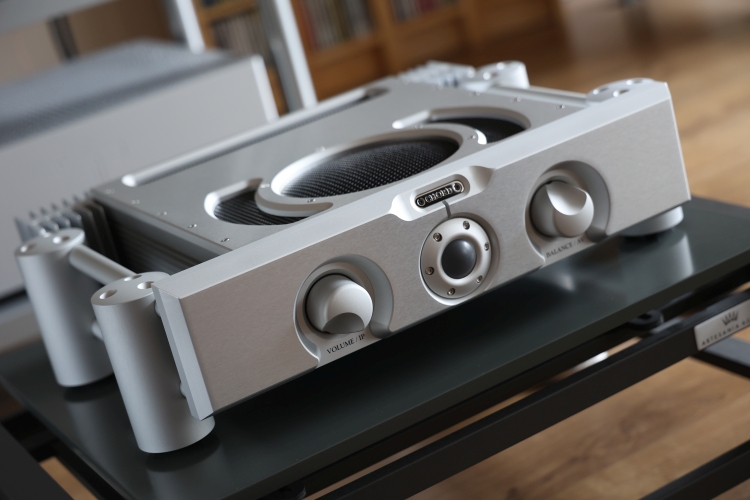
Running In
Garmt van der Zel, Product Manager with Mafio, forewarned me that the amp was brand-spanking new and would need some proper running in. So, after having formed my initial impressions, I left the amp switched on continuously while listening to it every now and then. Interestingly, from the very first notes it played only just unpacked from its carton, this turned out to be one heck of a smooth performer. Often, a product starts out sounding edgy and direct, to smoothen out and and calm down as it accumulates hours. With the Chord, this turned out to be pretty much the other way around.
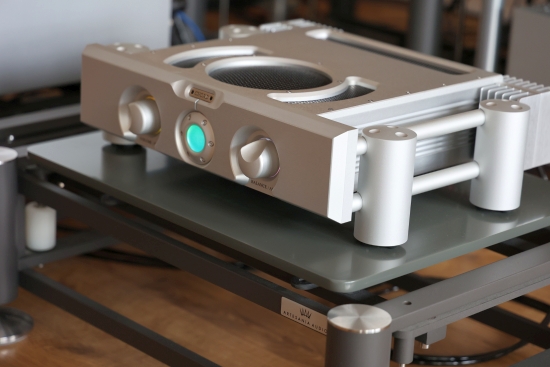
Initially, I felt the amp sounded a little too relaxed, and the treble was slightly dark and dull. But sure enough, as the days passed, the presentation became more coherent and focused, more of a whole, gaining conviction and expression as it bedded in. Slowly, the tonal balance stabilized toward more neutral until day 6, after which I heard no further progress.
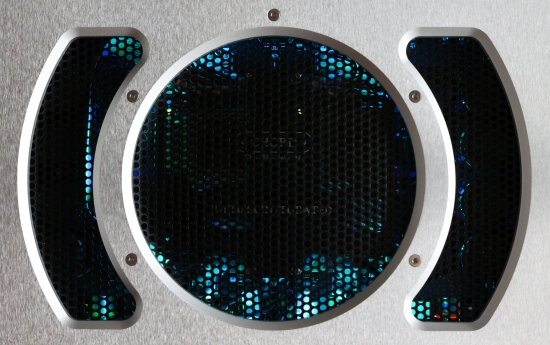
Above: green/blue LED lighting inside the chassis. The effect is mysterious and subtle
Something else I noticed is that the amplifier emits a strong synthetic smell during the first couple of days when switched on. It’s nothing to worry about. I experienced this before with a new Denon surround amp, and it is just certain components settling in as they operate at working temperatures. At the start of day four, the smell had mostly subsided, with only a trace of it still in the air, and at the end of the day and the days thereafter, I could only still smell it when getting really close to the unit. Leaving the amp switched on continuously with a window open is the quickest way to get past this.
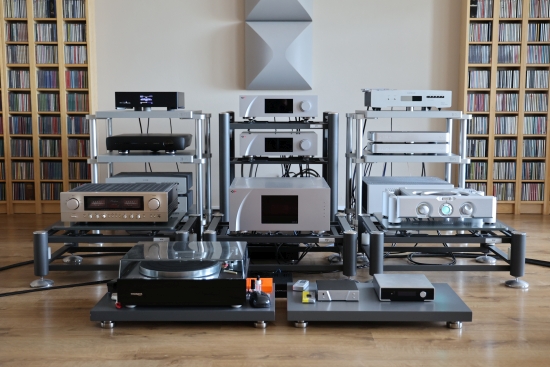
Listening
Chord products have always appealed to me, and I love the bold industrial aesthetic. I’ve attended various demos involving Chord amplifiers and other components, but never in a comparative manner, and that always left me wondering precisely how they compare. Yet, somehow, a review never materialized. Until now!
Based on 3rd party opinions gathered so far, I expected a lean and clean sound, strong on transient attack but less focused on body, sustain, or tonal saturation, and perhaps bordering on sterile. Well, let me tell you, the Ultima Integrated is one heck of a smooth performer! Tonally rich, well-saturated, liquid, and relaxed, it is 100% the inverse of what I anticipated. Such unexpected turns are always a nice surprise and a good reminder to keep an open mind.
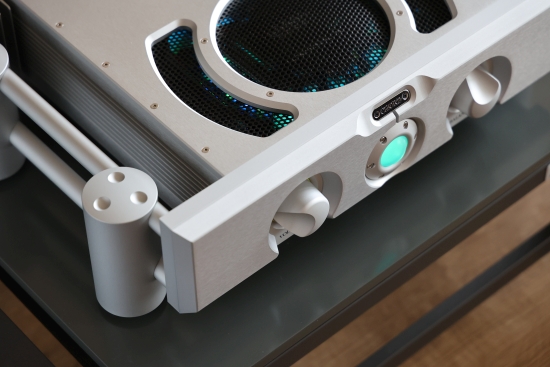
For comparison, I have my usual reference CH L1 and A1.5 pre- and power amplifier combo, which, at seven times the Chord’s cost, is not on equal ground, of course. But I also have the Accuphase E-270, which, at 5.250 euros, is priced at the other end of the scale, costing roughly half the Chord’s price.
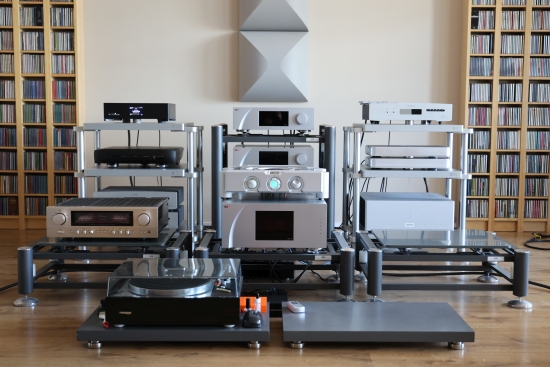
Coming from the full CH system, I switched to the Chord Ultima while using the same Jorma Unity speaker cables and retaining the CH C1.2 DAC connected to the Chord’s XLR inputs via Driade Flow Link Reference 808 XLR.
Just as during my initial impressions, the first aspect that struck me again on the sixth day of listening was that the Chord has a remarkably smooth, unforced, and natural presentation. As one might expect of a product with the term “Precision” in its brand name, the CH combo sounds crisp, tight, and precise. By comparison, the Chord’s presentation is less tightly controlled and relatively more diffuse. Of course, that’s only fair, given the large disparity in price, but on the other hand, such tight, linear, and precise behavior is not for everyone. In any case, the Chord has a couple of other sonic traits up its sleeve.
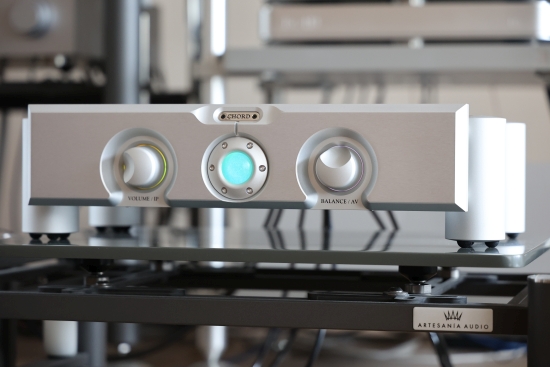
The descriptive term “Musical” is as old as the first audio review, yet it is often used without definitive meaning. Any two persons will likely have a very different interpretation of it. The way I interpret it, it means “lyrical” or “singing” rather than technical or mechanical. In other words, it refers to a product’s capacity to reproduce music in a manner that enters our soul, moves us, and sweeps us away. Well, the Chord Ultima possesses this quality!
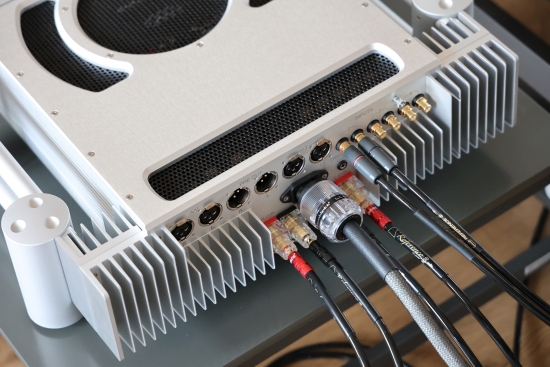
The Chord Ultima sounds great even with its stock power cable. Nevertheless, I found it is susceptive to their influence, and it’s worth finding just the right cable to achieve the desired balance.
When I switched from the CH C1.2 to the relatively more affordable Aqua Formula xHD DAC, now using Driade Flow Link Reference 808 RCA interlinks, I was happy to find that it, too, matched with the Chord Ultima very well. Perhaps that should not be surprising since it is very neutral and linear, like the CH DAC. In any case, from this point on, I left the Aqua DAC in place.
With either DAC, the Ultima Integrated sounds beautifully clean and uncolored but simultaneously lush and relaxed. The bass is royal, rich, and mellow, not super-incisive or very articulate, but fast-paced and never slow. This is a special combination I have not heard before: bass that is unforced, voluptuous, and free-flowing but still fast. No doubt, Chord’s special power supply has much to do with this.
The treble, always such a decisive factor, is open and extended but, again, appealingly lush and sweet. Crash- or cymbal hits have the appropriate power but always retain a gentle roundness, while the amp is particularly well-versed in sustain, decay, and flow.
The result is a forgiving presentation that reminds of classic Quad or Musical Fidelity designs in their naturalness but with much-increased speed, precision, neutrality, and definition. And, importantly, apart from its sweetness, the Chord refrains from imposing any character onto the sound. All recordings sound different, just as they should do, the timbre is very realistic, vocals are fully convincing and natural, and there is not a trace of artifice or synthesis. This natural timbre is again something that may come as a surprise to those with prejudices against switching power supplies. One might fear for choppiness or dryness, but the Chords presents us with the inverse. Clearly, it’s all in the design and implementation.
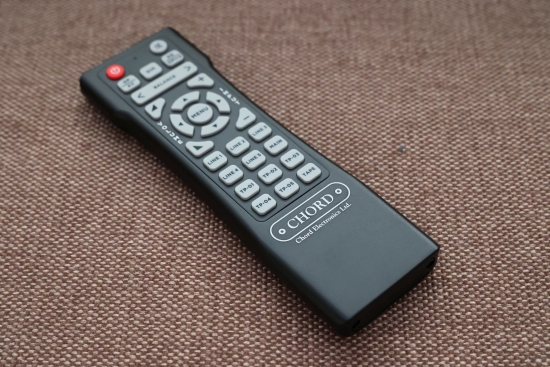
A beautiful seamless remote handset sculpted from a solid aluminum block is included.
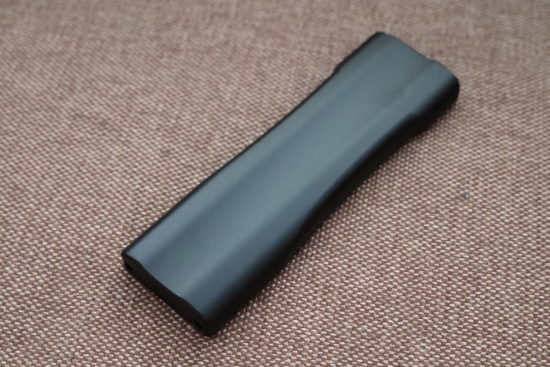
More than anything, there’s a sense of unforced flow, the sound pouring out of the speakers effortlessly. The amplifier has what might be referred to as a “typically English” gentleman-like restraint in that it prefers not to raise its voice or sound harsh, but that does not mean it cannot roll its muscles. Just crank up the volume to find that the dynamics scale along immediately.
With respect to focus and soundstage, the Chord inhabits the perfect middle ground. It is neither forward nor laidback and neither small nor overly spacious. Importantly, it allows the sound to breathe freely and move all around the speakers, and it never instills a sense of listening to a “small” amplifier. Rather, its unforced and natural performance encourages playing loud and the amp has no problem doing so!
The Magico S1 MkII’s may seem relatively diminutive, but they can make life hard for an amplifier. Even though it offers only 125 Watts, the little Chord is more than capable of driving these speakers confidently without ever breaking a sweat. Oh, and the amp can be plenty dynamic if asked to. Just play something with a drum solo and be surprised at the impact and slam that seems to come from nowhere.
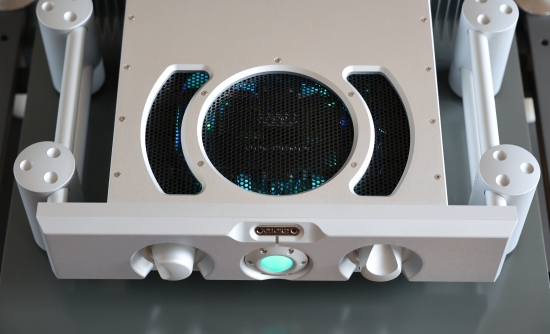
Switching from the Jorma Unity speaker cables to the Driade Flow Reference 808 adds a nice extra measure of tightness and air, although some may prefer the Jorma’s fuller, more grounded tonality. In any case, with these banana-terminated speaker cables in place, I was now in an ideal position to easily compare the Chord Ultima to the Accuphase E-270.
Accuphase E-270
Accuphase may enjoy an image of sounding “golden,” but I know from experience that this depends on the model. I selected the E-270 because of its robust and enthusiastic performance relative to the larger models, which tend to sound smoother, more relaxed, and more polished. The older E-260 is very similar to the E-270, but the current E-280 is more like the larger models.
In any case, compared to the E-270, the Chord Ultima is warmer, rounder, and a little less explicit in the upper midrange. A rather interesting aspect is that I’ve always felt the Accuphase E-270 to sound timbrally very natural. I still stand by this, considering its price point, but in this comparison, the Chord is more natural and closer to the CH system in terms of tonality and neutrality.
Neither amp offers state-of-the-art resolution but the E-270 is crisper and more direct than the Chord, which can make it appear more precise. Then again, the E-270 is comparatively dry and slightly rough in the treble. Despite being sweeter and more relaxed, the Chord’s stance is more powerful, and its overall performance is more authoritative. More significantly, the Chord’s delivery is more refined and much more fluid and continuous, and especially with soulful music, more emotionally engaging.
Conclusion
The Chord Ultima Integrated is not just about a visually pleasing industrial aesthetic; it offers a unique blend of appealing virtues and is very much a music lover’s amplifier. The Ultima Integrated sounds beautifully clean and neutral but simultaneously smooth and unforced while offering a touch of warmth, culminating in a lyrical and emotionally engaging performance.
While 10.490 euros is not pocket money, these days, it certainly is not asking too much for such a unique and well-built European-made integrated amplifier. Now more than ever, I am curious to learn how the brand’s more upscale models perform!
External Links
Chord Electronics
Distributor for the Benelux: Mafico
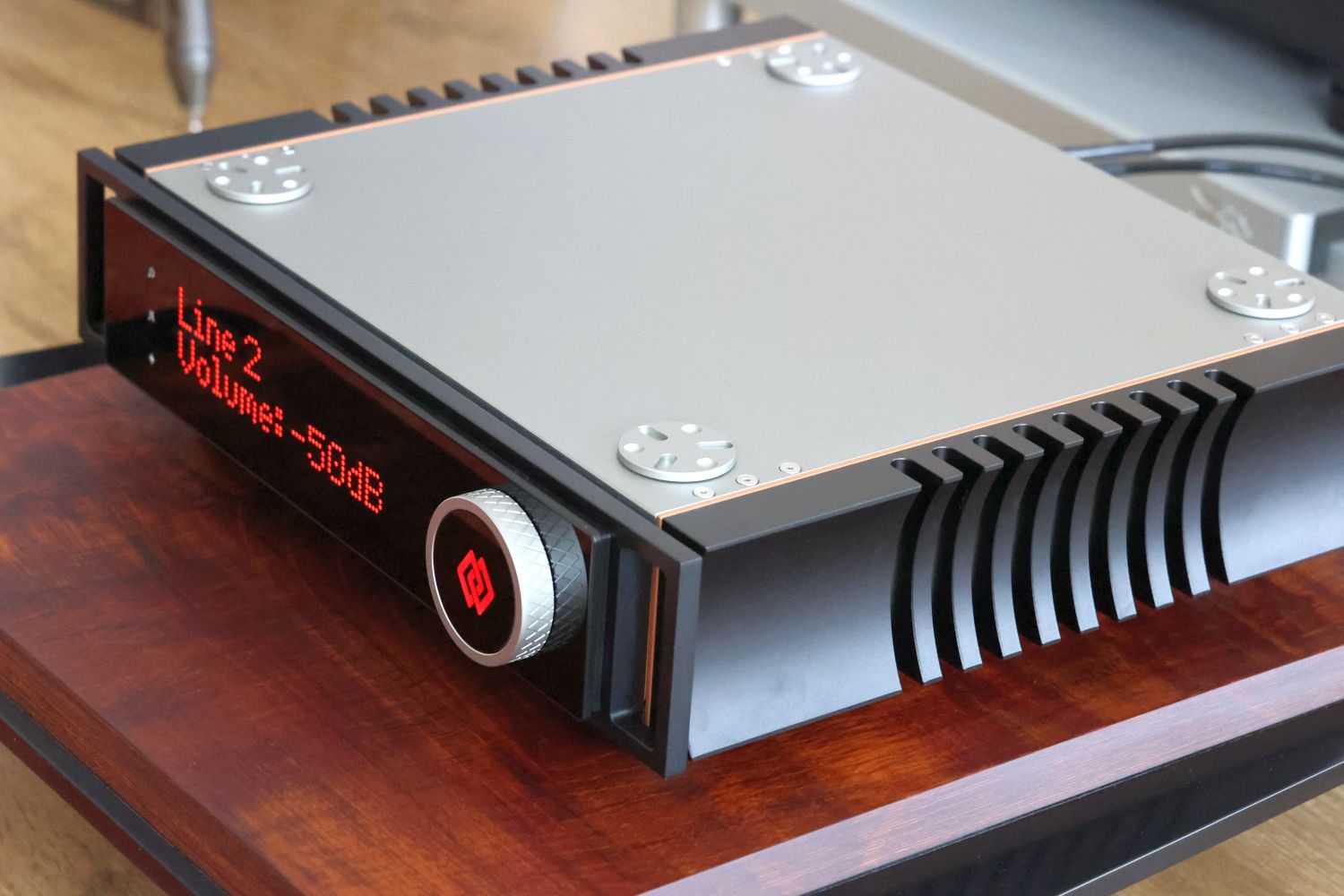
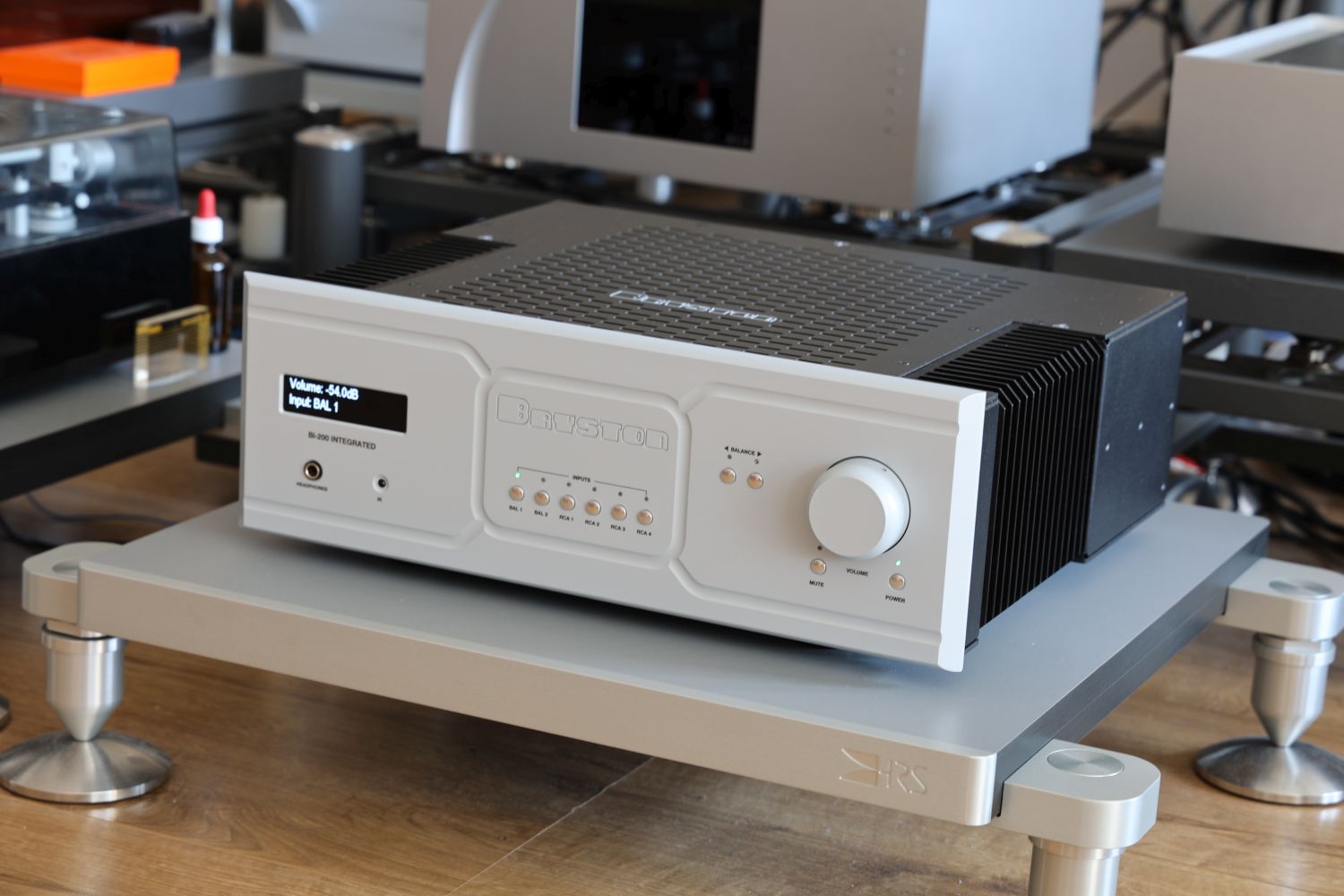
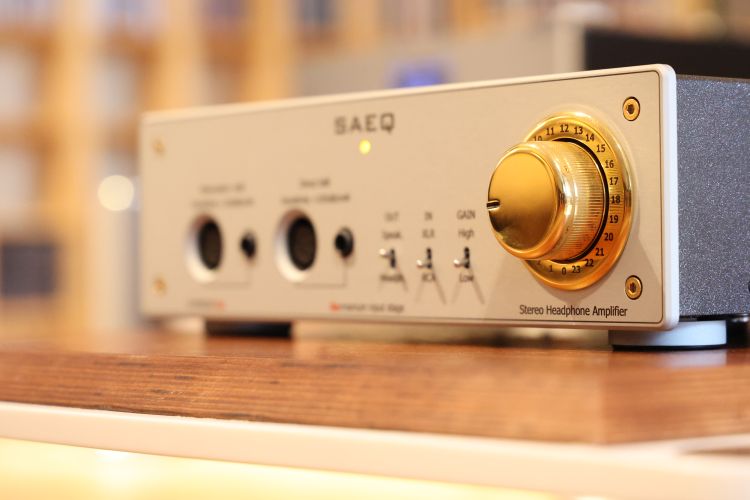
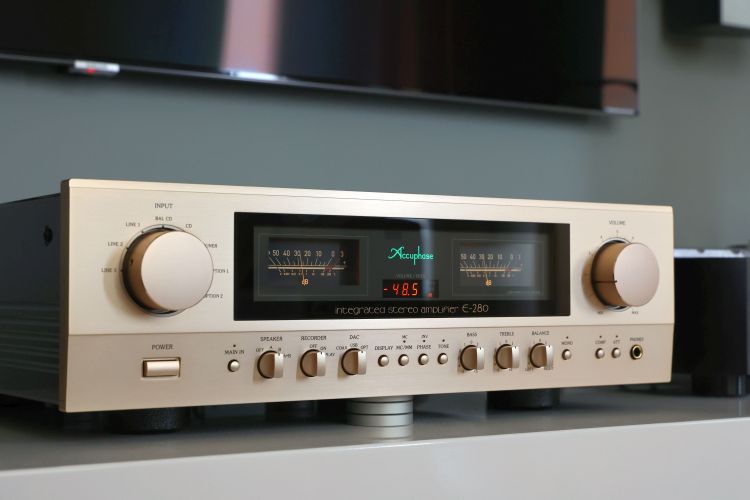
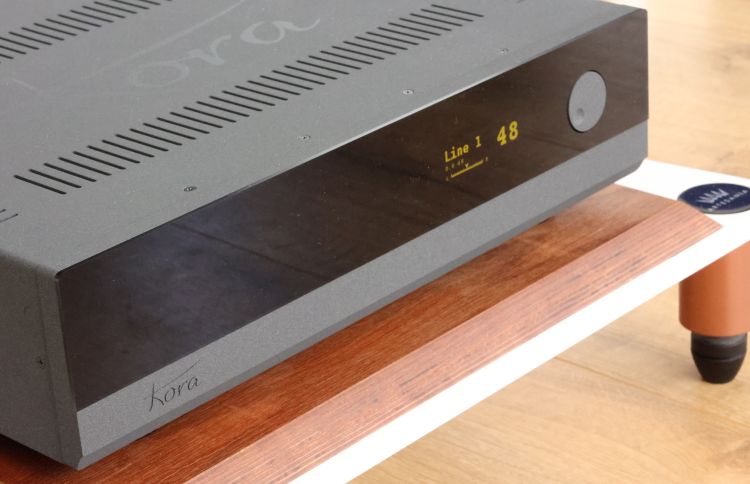
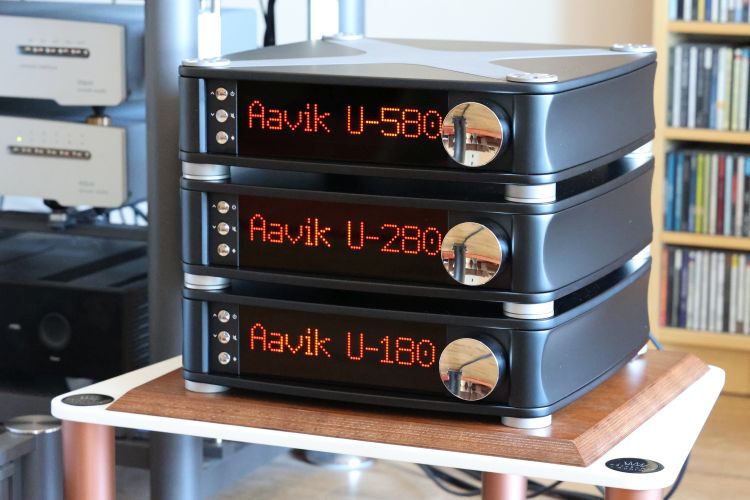
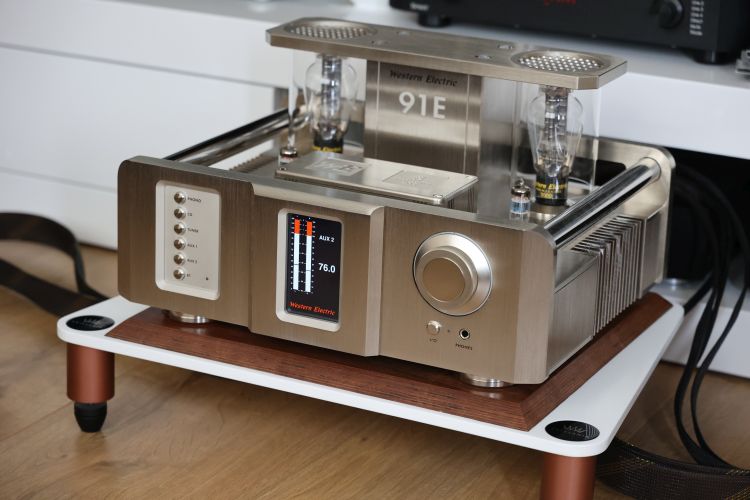
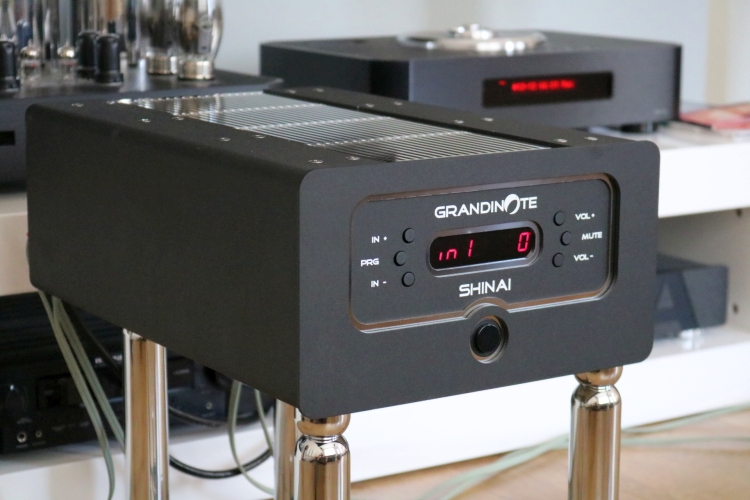
Nice review Christian I’ve only heard Chord once in a show setting with Fyne speakers and it sounded very good though I cannot remember the exact model. I’ve also always enjoyed their industrial design. And my fave CD player of all time the Tube Technology Fusion-64 used a simplified version of the original Chord Dac.
Cheers,
Jon
Hi Christiaan, great review, thanks!
What about review about Moonriver audio Reference? Your opinion is very important for many of us. It is great machine, really. So, I would say as “Naim with tubes”.